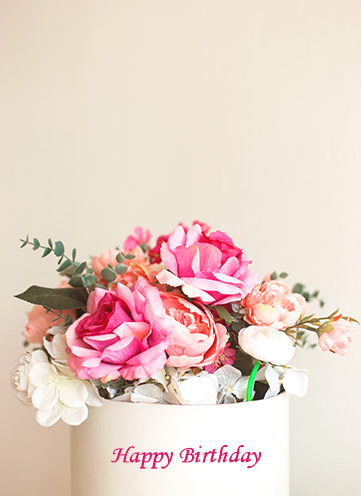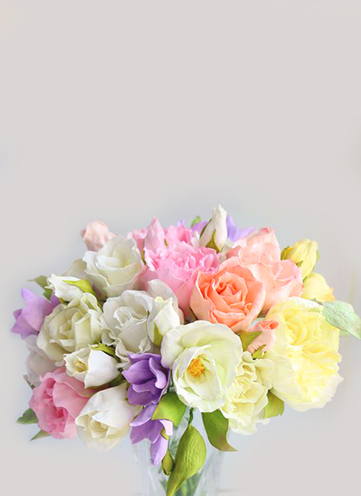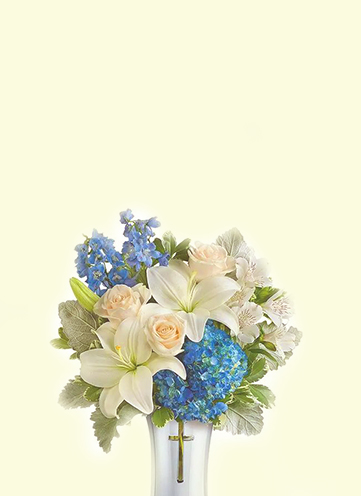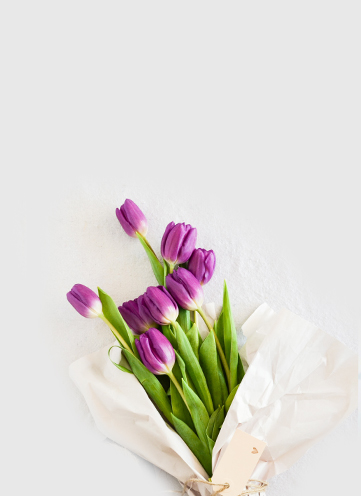How to Care for Poinsettias to Make Them Last
Posted on 18/08/2025
How to Care for Poinsettias to Make Them Last: Comprehensive Guide
Poinsettias (Euphorbia pulcherrima) are more than just classic holiday decorations--they can provide vibrant color and cheer to your home for months if cared for properly. If you've ever wondered how to keep poinsettias alive and thriving long after the holiday season, this comprehensive, SEO-optimized guide will walk you through every aspect of poinsettia plant care to ensure your festive foliage stays lush and beautiful.
Understanding Poinsettias: More Than a Holiday Plant
Poinsettias are native to Mexico and Central America and are renowned for their vivid red, pink, or white bracts (colored leaves often mistaken for petals). While these plants are closely associated with Christmas, they can flourish indoors all year round with correct care for poinsettias. A basic understanding of their native habitat is crucial for replicating the conditions that help poinsettias last longer in your home.
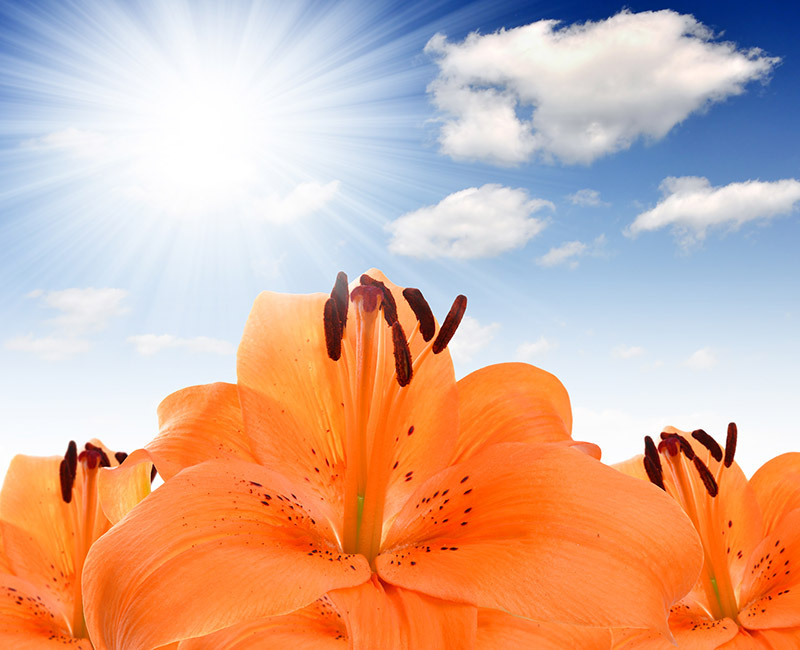
Optimal Environment: Temperature and Light for Long-lasting Poinsettias
1. Temperature
- Ideal temperature: Poinsettias prefer daytime temperatures between 65?F-70?F (18?C-21?C).
- Nighttime comfort: Avoid temperatures below 60?F (15?C). Prolonged exposure to colder temperatures can damage the leaves and bracts, causing premature leaf drop.
- Avoid extremes: Keep your plant away from drafts, radiators, fireplaces, or heat vents. Sudden changes can shock your plant.
2. Light
- Sunlight: Position your poinsettia in a bright location where it can receive at least 6 hours of indirect sunlight daily. South, east, or west-facing windows are best, but avoid direct sunlight, which can scorch the plant.
- Artificial light: If natural light is limited, supplement with grow lights set to a 12-16 hour schedule during the day.
Watering: The Key to Healthy, Long-lasting Poinsettias
Knowing how to water poinsettias is essential for their longevity. Both underwatering and overwatering are common problems.
- Soil moisture: Keep soil slightly moist but not waterlogged. Stick your finger about an inch into the soil--if it feels dry, it's time to water.
- Watering method: Water thoroughly until it drains from the bottom of the pot. Discard any excess water in saucers, as standing water can cause root rot.
- Water quality: If possible, use room-temperature distilled or filtered water. Tap water with high salts or fluoride can stress the plant.
Avoid letting your poinsettia sit in soggy soil, as this is the fastest way to shorten its lifespan.
Humidity and Air Circulation: Keeping Poinsettias Vibrant
1. Humidity
- Optimal humidity: Poinsettias thrive in moderate humidity (around 50-60%).
- Low humidity risks: Dry air, particularly common in winter due to heating, can dry out the bracts and leaves. Leaf drop may occur.
- Increase humidity: Group plants together or use a humidity tray (a shallow tray filled with pebbles and water). You may also lightly mist the air (not the leaves directly).
2. Air Circulation
- Gentle circulation: Ensure there is good air movement around your poinsettia, but avoid cold drafts.
- Crowding: Do not cluster poinsettias too closely with other plants.
Feeding and Fertilization: Extending Poinsettia Life
Many wonder whether to fertilize poinsettias during the holiday season. Providing proper nutrients can help poinsettias last longer and even encourage reblooming in future years.
- During bloom: Avoid fertilizing while your poinsettia is in full color (usually December-January).
- After blooming: Once the colorful bracts begin to fade (late winter/spring), start feeding every 2-4 weeks with a balanced, water-soluble fertilizer (such as 20-20-20).
- Amount: Use fertilizer at half the recommended strength to prevent root burn.
Repotting and Pruning: Preparing Poinsettias for Long-Term Success
1. Pruning After the Holidays
- When to prune: In early spring (March-April), cut back your poinsettia to about 4-6 inches above the soil to promote bushier growth.
- Encourage branching: Prune off growing tips in early summer, leaving 2-3 leaves on each stem. This step is key for a full and compact plant.
2. Repotting
- When to repot: Move your poinsettia into a slightly larger pot with fresh, well-draining soil once new growth appears in spring.
- Soil choice: Use a peat-based potting mix for the best results.
Managing Common Poinsettia Problems & Pests
Healthy poinsettias can still face challenges. Knowing what to look for ensures your poinsettia survives and continues to look its best.
1. Yellowing Leaves & Leaf Drop
- Cause: Overwatering, underwatering, or sudden environmental changes.
- Solution: Adjust watering practices, check temperature and humidity, and avoid moving the plant more than necessary.
2. Pests
- Common pests: Watch for whiteflies, spider mites, or aphids.
- Treatment: Wipe leaves gently with soapy water, or use an insecticidal soap.
3. Fungal Diseases
- Risks: Overly wet soil or poor air circulation.
- Solution: Improve drainage, water less frequently, and provide air movement.
How to Make Poinsettias Bloom Again Next Year
Did you know poinsettias can rebloom each year with proper care? The challenge is recreating specific conditions that trigger flowering:
- After spring pruning: Place the plant outside in indirect sunlight after all risk of frost passes. Water and fertilize regularly.
- In late summer: Bring indoors before nighttime temperatures drop below 60?F (15?C).
- Initiate "short days" in the fall: Beginning in late September or early October, provide uninterrupted darkness for 14-16 hours each night (a closet or opaque cover works) and bright light during the day. Maintain this regimen for at least eight weeks.
- Resume normal care: When bracts begin to color, you can stop the short-day treatment. Move the plant back to its preferred spot and enjoy your new blooms!
Poinsettia Myths Debunked: Safe for Your Home?
One common myth is that poinsettias are highly toxic. Although they are not meant to be eaten and can cause mild tummy upset in pets if ingested, poinsettias are not deadly. Proper poinsettia care ensures they remain a safe and attractive decoration.
Top Tips for Keeping Poinsettias Healthy All Season
- Inspect before purchase: Choose plants with dark green leaves (not yellowing), strong stems, and no signs of wilting.
- Protect from cold: When transporting home, shield your poinsettia from cold weather with a protective covering.
- Mindful placement: Keep poinsettias away from doors, cold windows, or heating appliances.
- Maintain routine: Consistent care (watering, light, temperature) helps poinsettias stay vibrant and attractive all season long.
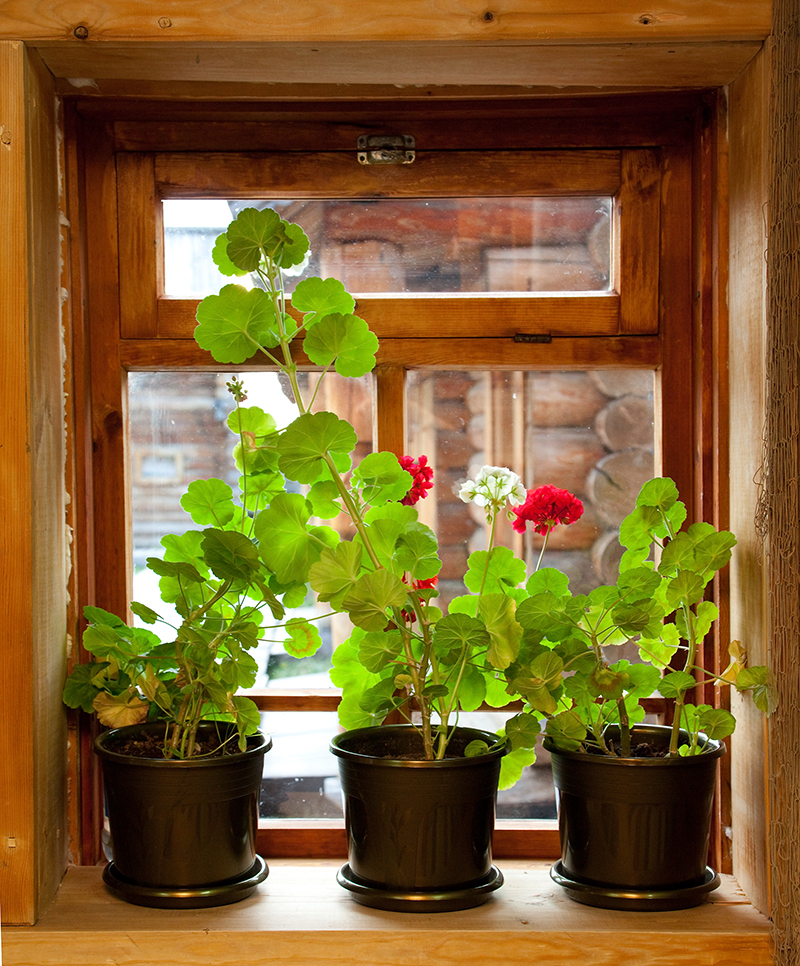
Frequently Asked Questions: Poinsettia Plant Care
How do I keep my poinsettia from dropping leaves?
Keep it away from drafts and extremes in temperature. Water correctly and provide enough light. Sudden environmental changes can shock the plant, leading to leaf drop.
Should I mist my poinsettia?
Rather than misting the plant directly (which can cause fungal issues), increase general room humidity for best results.
Can poinsettias grow outside?
In USDA zones 9-11, poinsettias can thrive outdoors year-round. In other areas, they can be placed outside in containers during warm months but should come indoors before temps fall below 60?F (15?C).
How long do poinsettias last indoors?
With proper care, poinsettias can stay vibrant for 2-5 months. With the right off-season care and reblooming techniques, you can turn your poinsettia into a year-round houseplant.
Final Thoughts: How to Care for Poinsettias for Months of Beauty
Poinsettias can be much more than a once-a-year holiday plant. By understanding their needs--from temperature, light, and watering, to feeding and proper pruning--you can enjoy poinsettias that last for months and even rebloom every year. Use this guide to enhance your poinsettia care routine and keep your festive plant bright, beautiful, and healthy far beyond the holiday season!
Remember: A little knowledge and attention go a long way toward making your poinsettia last longer. Happy planting!
Latest Posts
Spotlight on [LANDMARK] Weddings: Perfect Flowers for Your Big Day
A Guide to Flower-Friendly Outdoor Spaces in [AREA] (SW6, NW1 & More)
Hydrangea Maintenance: Tips for Gorgeous Blossoms

